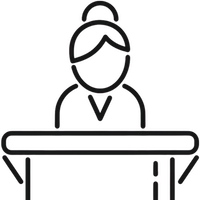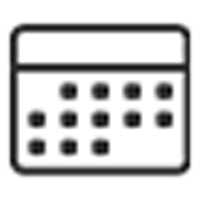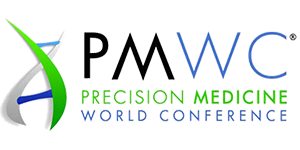Curtis P. Langlotz’s responses to interview questions from Tal Behar, Precision World Medicine Conference
Curtis P. Langlotz,
Professor of Radiology, Medicine, and Biomedical Data Science
Senior Associate Vice Provost for Research
Director, Center for Artificial Intelligence in Medicine & Imaging
Senior Fellow, Institute for Human-Centered Artificial Intelligence
1. If you could mandate one interoperability rule for PACS/RIS to unlock AI at scale, what is it?
I would remove the need for interoperability altogether. We have separate PACS, RIS, worklist, and reporting systems only for historical reasons. In the past, the networks, CPUs, and monitors needed for each of these tasks were different, and often required specialized equipment. We are at the point where a unified radiologist workstation can be made available everywhere as a cloud-native system. Just point your browser at the cloud, and get seamlessly integrated worklist, image display, reporting, with AI to support it all.
2. How should we measure “explainability” so clinicians trust AI triage beyond heatmaps and boxes?
AI models can be persuasive but wrong, so I like to distinguish trust, which is sometimes misplaced, from trustworthiness. There are many ways to generate trustworthiness: randomized clinical trials showing that implementing the system produces better patient outcomes, rigorous governance processes to ensure that implemented systems perform well in a new setting, systems that accurately explain their conclusions, and systems that express well-calibrated measures of confidence.
3. In the past, you have said that AI won’t replace radiologists, but radiologists who use AI will replace radiologists who don’t. Do you still believe that is true?
Yes, I do, because I believe that human and machine intelligence are different and complementary. There have been some recent studies in which AI alone surpassed AI plus the physician–a study of difficult differential diagnosis and a similar study in radiology diagnosis. These results often are due to suboptimal collaboration between AI and humans. We have so much to learn about how AI and humans should interact.Some radiology AI applications, such as report drafting, will improve our efficiency thereby reducing the need for radiologists. But any reduction will be overwhelmed by the continuing increase in study volumes. Radiologists will embrace these AI-generated efficiencies to reduce burnout–no radiologist will be displaced by these technologies.








